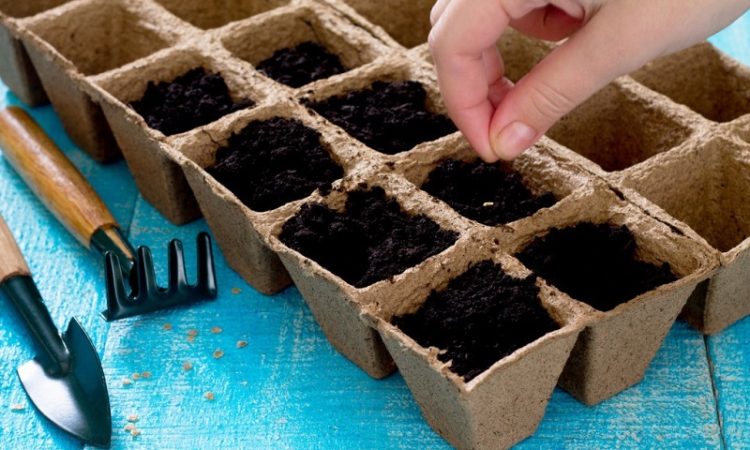
There’s nothing more flavorful and flavorful than home-grown meals.
Why Grow Seeds Indoors?
There are lots of advantages to beginning a vegetable garden with seeds instead of real plants. The biggest advantage is that the cost savings. It is not as costly to get seeds today than it’s to buy plants at the spring.
Two Phases of Seed Development
When developing seeds indoors you will find two phases: germination and development. During germination, the seeds have been tucked away inside their containers and require heat and humidity. A simple method to keep them warm would be to set them along with your fridge. Be certain that you look at your seeds every day since after they sprout, they’re in the next phase: expansion. Now the plants require light, air flow and a liquid fertilizer (more excuse in the measures below).
What Materials do I Need to Plant Vegetable Seeds in my House?
Seed starter kits can be found, but you do not want a kit to cultivate your own seeds in your home.
- Seeds
Read the rear of the seed packets to learn the amount of times to maturity. This number will determine if you begin the seeds. Opt for the largest plant and seeds a single per container. If your seeds are somewhat smaller, plant 2. But do not go mad — more isn’t better, therefore no longer than two.
- Seed-starting mix
Don’t use dirt! Your delicate small seedlings would rather have a light and airy seed-starting combination, which can be conveniently offered in the community gardening shop. Place a number of this mixture on your containers, then add water, then pack it down a little, add more water and mix .
- Small containers
Any tiny containers may do, like beer cups or leftover plant apartments from past spring. Provided that the containers may hold around 1/2 cup and you are able to poke holes in the floor for drainage they will work fine. You might opt to get baskets made of material which decomposes, which you may later plant directly in the floor to conserve a transplanting step.
- A shallow pan
The tiny containers require a watertight pan or pan to take a seat .
- Water
Growing seedlings prefer to stay moist — not moist or warm — thus water them in the ground with the addition of water to the bowl or pan and allow the seeds warm up the water that they require.
- Cover
In the first couple of weeks, until you find any sprouts forming, the seedlings require a humid atmosphere.
- Warmth
The germinating seeds additionally require heat. You may set them on top of the refrigerator (as mentioned previously ) or in addition to a heating pad.
- Air movement
The growing plants need lots of air flow and light so as to thrive.
- Light
If your home faces south and also you get a great deal of sunlight coming through your windows, then this might be the light that your seeds desire. You are able to buy an increase light or create your own out of a store mild equipped with fluorescent bulbs. Putting your lighting on a timer guarantees your plants receive the ideal number of lights daily
- Liquid fertilizer
Though your crops are enjoying their mild, feed them a few liquid fertilizers to get additional nourishment. Just read the tag on the rear for instructions.
When is your Last Frost Date in My Region?
Plant your seedlings six months before the final frost. You can look on the internet to obtain the date to your region of the nation.
Before you proceed your plants out, first you will need to gradually and softly acclimate them into the new atmosphere. After all, they have been living on your comfy, temperature-and-wind-controlled house for all this time. Start hardening off fourteen days before planting. Every day take your plants out for longer intervals. Begin with a couple hours in the day color and expose them to an increasing number of sunlights as time advances.
